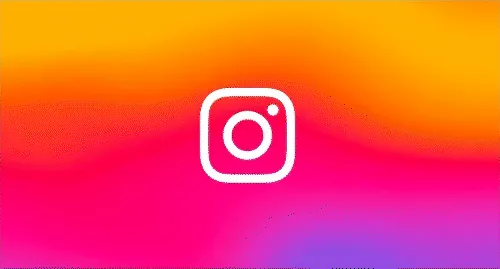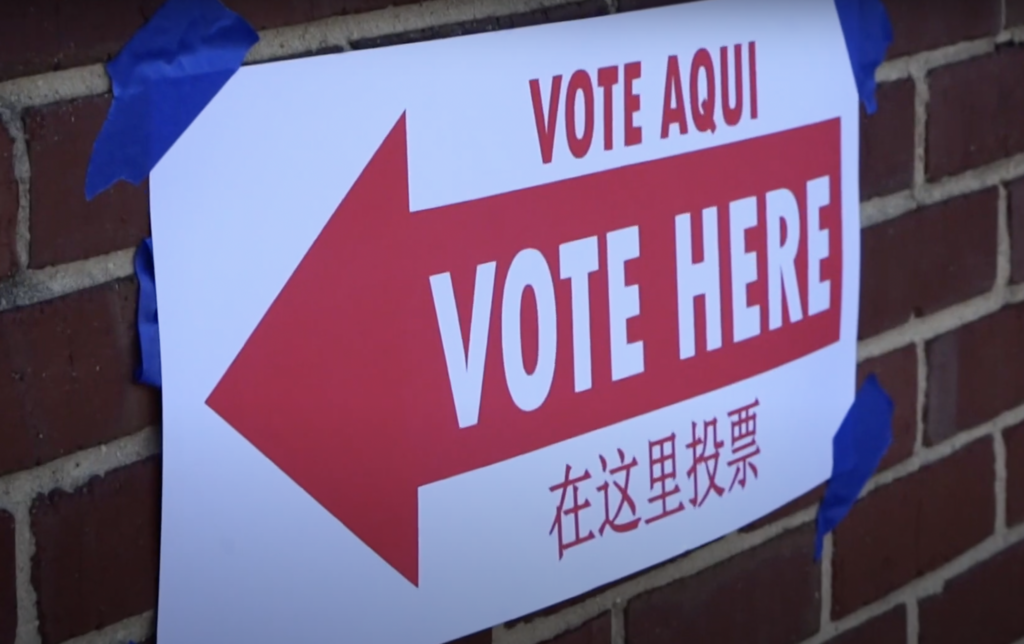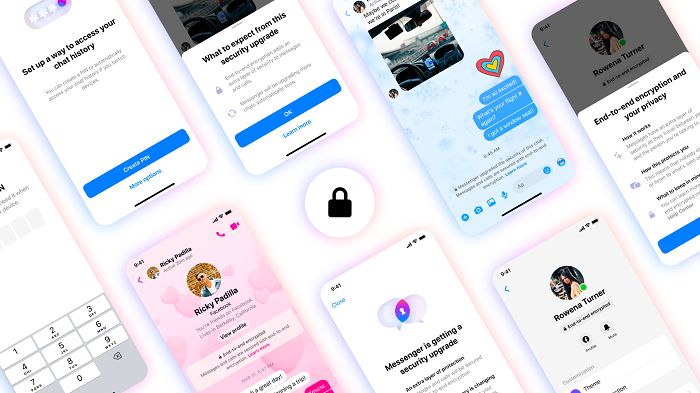Hey, remember how Instagram sparked a wave of concern among creators last week when it published a video which explained that asking your audience to comment on a post with a single word could impact your post reach?
Well, Instagram’s now sought to add some additional qualifications to its advice, to ensure that people understand exactly what those impacts might be, while also providing some extra notes on its broader approach to CTAs, Reels recommendations, and more.
First off, late last week, Instagram published this video, in which it explains how using answer-specific CTAs in your video clips could see your post reach restricted due to its anti-spam efforts.
It deleted the video shortly after posting, but now it’s back up again, with the specific advice in question being:
“Don’t try to hack engagement, and here’s what we mean by that: If we believe your content explicitly asks for engagement through shares, comments, tags, or other actions, then we won’t recommend it. An example of this is asking people to comment with a specific word, number, or emoji.”
The concern among creators is that this could restrict their capacity to use IG to drive leads and engagement, with some third party automation tools, like ManyChat, using single word responses as a trigger to drive more engagement.
Instagram has clarified that such uses are not a problem, and were not the intended target of this advice.
As per IG:
“Open-ended questions and calls-to-action are a great way to engage with your audience. There haven’t been changes to our recommendation guidelines, and creators can still use 3rd party services such as ManyChat to enhance how they engage with their audiences. What may impact your content’s ability to be recommended is if you post content that attempts to game the system by eliciting specific interactions from people to “hack” Instagram’s recommendations for more reach. Earnestly engaging with your audience in the comments and DMs to connect personally, generate leads, or drive conversions is not considered to be engagement bait.”
I mean, there is still a question as to how Instagram’s system will delineate between one or the other, considering that, presumably, any such restrictions are implemented through automated means. But IG’s advice is that certain usages of comments are considered spammy, but general usage that’s within these guidelines is fine.
“So long as [creators are] actually engaging with their audience, it’s not engagement bait. What is engagement bait is if the end goal is to simply maximize the quantity of engagements as a way to “hack” reach rather than connect with their audience.”
(I also asked IG whether there are certain terms that are more likely to be penalized, or how they might be detecting this type of misuse. Understandably, they couldn’t provide more clarity, as spammers would then use that as guidance for their workarounds.)
Instagram has also sought to clarify its stance on longer Reels.
A few weeks back, Instagram noted that posting Reels longer than 90 seconds can hurt your reach, effectively warning against posting long Reels, even though you technically can.
But there are cases, IG says, where people still want to post longer videos for their audience, which is why it allows users to post longer clips.
To clarify, Instagram has explained that:
“For creators who want to be surfaced to people who don’t follow them in places like the Reels tab, we think it’s important that they understand that we won’t recommend Reels that are over 90 seconds long. However, we’ve talked to a lot of creators who enjoy sharing longer content even though it won’t be surfaced in recommendations.”
Which is why Instagram recently shared advice on how to post longer Reels despite them potentially seeing less amplification.
So, for clarity, posting Reels longer that 90 seconds will reduce your opportunities for expanded exposure, but you can still post longer Reels in order to enhance engagement with your audience.
Worth factoring into your planning.
Overall, Instagram’s trying to provide clearer and broader guidance for all creators, which is why it’s sharing more insight on its Creators profile in the app. But sometimes, the varying use cases and purposes can be confused, which is an inherent risk of sharing more specific guidance.
Ideally, Instagram says that it will seek to clarify such confusion whenever it arises.















